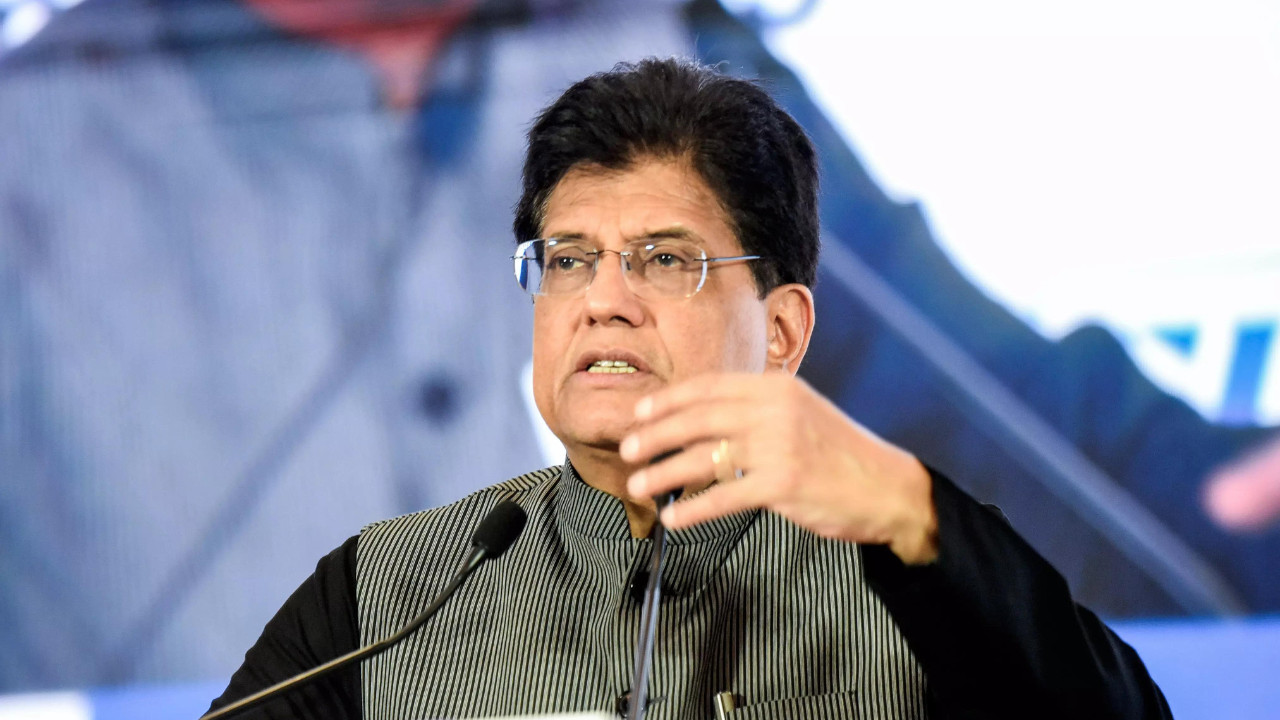India and the United States are actively negotiating a bilateral trade agreement, aiming for completion by fall 2025. Discussions during the recent US delegation visit covered market access, digital trade, and customs facilitation. Both nations seek a mutually beneficial agreement, with the US focusing on digital commerce and India seeking tariff exemptions.
Beyond the Headlines: Peeking Behind the Curtain of the India-US Trade Talks
Okay, let’s be honest, trade negotiations can sound about as exciting as watching paint dry. But scratch beneath the surface of acronyms and diplomatic jargon, and you find real-world implications that touch everything from the chai you sip in the morning to the tech powering your smartphone. This week, the whispers coming out of Washington and Delhi suggest something’s brewing between India and the US – and it could be a pretty significant cuppa.
Forget the stiff press releases. The real story isn’t just about signing a dotted line, it’s about understanding the priorities, the potential roadblocks, and ultimately, what this means for both nations (and maybe your wallet!). We’re talking about jobs, investments, and a shift in global power dynamics. No pressure, right?
For a week, Indian and American officials locked themselves away, wrestling with the sticky issues that have been simmering for ages. Think of it like untangling a stubborn knot – you need patience, finesse, and maybe a little bit of WD-40 (metaphorically speaking, of course!). The goal? A trade deal, or at least a “phase one” deal, that lays the groundwork for something bigger down the road.
So, what were they actually talking about? Well, agriculture was definitely on the menu. The US has been itching for greater access to the massive Indian market for its agricultural products. Think apples, almonds, and maybe even those perfectly square blocks of American cheese (okay, maybe not). India, on the other hand, has its own demands. One of the big ones? Easing the path for its agricultural exports to the US. Imagine more delicious Indian mangoes gracing the shelves of American supermarkets. That’s the kind of win-win they’re hoping to achieve.
Beyond the farm, the discussions dove deep into the digital realm. Data localization – the requirement that certain data be stored within a country’s borders – is a major sticking point. India’s regulations on this front have raised concerns among American tech giants, who see it as a potential barrier to doing business. Finding a balance that protects data privacy while fostering innovation is proving to be a delicate dance.
Then there’s the prickly issue of tariffs. Remember the Trump-era trade wars? Those tariffs are still lingering in the air, and both sides are eager to find a way to dial them back. No one wants to choke off the flow of goods and services between two of the world’s largest economies.
Now, what makes this different from all the other trade talks we’ve heard about? Well, the current geopolitical climate is definitely playing a role. With supply chains under increased scrutiny and concerns about over-reliance on single countries, diversifying trade partners is becoming a top priority for both India and the US. They both have a vested interest in strengthening their economic ties.
Plus, there’s a new energy in the relationship. High-level visits and frequent dialogues suggest a genuine commitment to finding common ground. But let’s not get ahead of ourselves. Trade negotiations are never a walk in the park. There are competing interests, domestic pressures, and plenty of room for things to go sideways.
What’s likely to happen next? The “phase one” deal is the current buzz. This would likely involve a package of limited concessions on both sides – think targeted tariff reductions and agreements on specific market access issues. It’s not the grand, sweeping trade agreement some might have hoped for, but it’s a crucial first step.
This “phase one” deal is important because it sets the stage for future negotiations. It builds trust, establishes a framework for cooperation, and demonstrates that both sides are serious about deepening their economic partnership. Think of it as laying the foundation for a bigger, stronger structure.
So, should we be excited? Cautiously optimistic is probably the best approach. A closer economic relationship between India and the US could bring significant benefits to both countries – more jobs, more investment, and a more resilient global economy. But the devil is always in the details, and there are still plenty of hurdles to clear.
Keep an eye on the news. This is a story that’s still unfolding. And while the headlines might be dry, the underlying implications are anything but. This isn’t just about trade; it’s about the future of the global economy and the role that India and the US will play in shaping it. It’s a high-stakes game, and the outcome will have far-reaching consequences. So, grab your chai, stay informed, and get ready to watch this drama unfold.
📬 Stay informed — follow us for more insightful updates!







